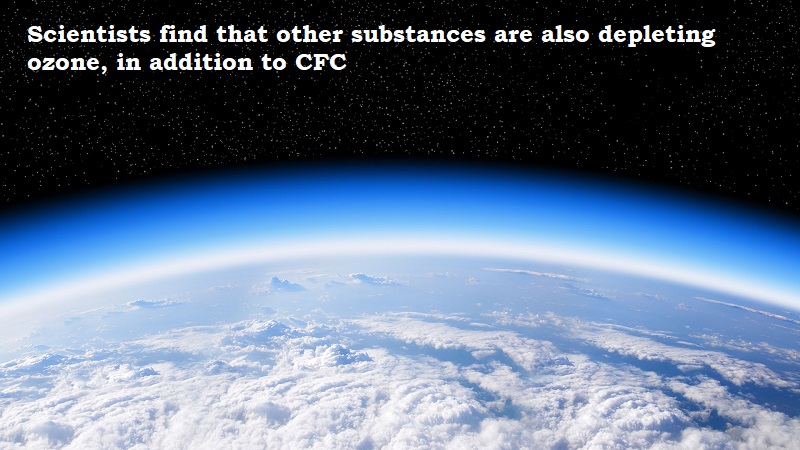
The icy expanses of Antarctica and the Arctic are no different from the continent in terms of how climate change is affecting them. Despite the fact that the role of chlorofluorocarbons (CFC) has been well documented, a global team of scientists has discovered a new substance that is destroying ozone over the Arctic.
Iodine is the latest offender.
To analyse the changes in the Arctic, more than 100 researchers from 20 nations, including the Indian Institute of Tropical Meteorology (IITM), Pune, worked together with the Extreme Environments Research Laboratory, Switzerland, the Cyprus Institute, and the NOAA Physical Sciences Laboratory.
The second largest factor in the loss of surface ozone, according to the researchers, was chemical interactions between iodine and ozone.
Following the observations made by the researchers during the ship-based Multidisciplinary Drifting Observatory for the Study of Arctic Climate (MOSAiC) voyage, their findings have been published in the journal Nature Geosciences.
The recent discoveries are expected to alter the long-held assumptions about what causes the decrease of Arctic photochemical ozone.
The paper goes on to say that increased anthropogenic ozone-induced ocean iodine emissions, as well as the anticipated thinning and loss of the Arctic sea ice in the near future, will most likely cause increases in iodine emissions.

Post Your Comments